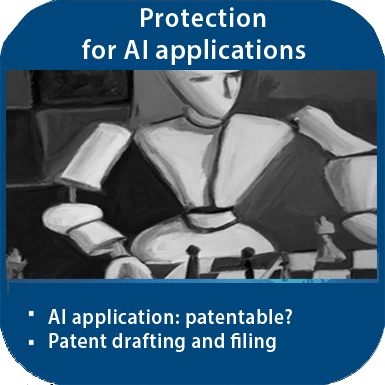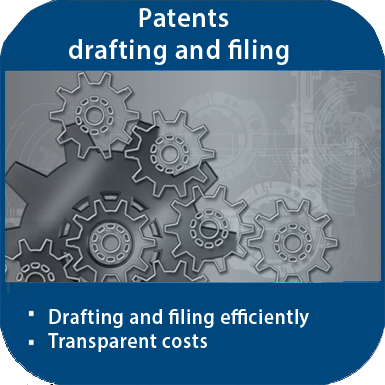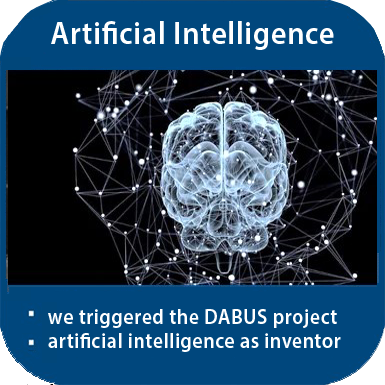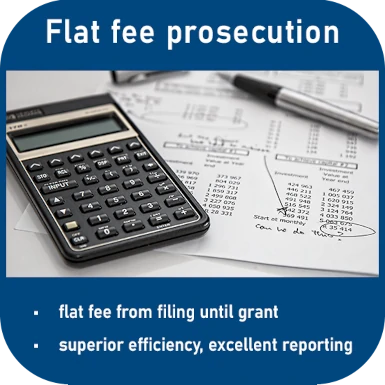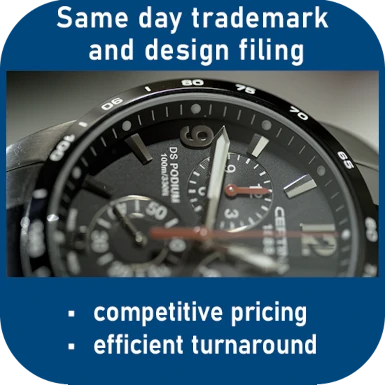Problem-solution approach in Germany

In proceedings concerning the validity of a patent, the novelty and inventive step of the claimed invention are normally challenged.
Of central importance is therefore the closest prior art and a comparison of whether a technical effect has been achieved by this claimed invention that goes beyond this closest prior art.
Very quickly, one then arrives at the problem-solution approach. Because according to German law (ß 4 PatG - Inventive step), the basic presumption is that an invention '...is not obvious to a person skilled in the art from the prior art.'
Argumentation for the revocation of the patent in suit
So, how is to argue? If one wants to challenge the inventive step, it must be proven that the invention results in an obvious way from the prior art for the person skilled in the art. Usually, various documents and citations are submitted for this purpose, which often depicts the prior art at the time of the patent application in detail.
However, it is not always useful to simply collect the characteristics from these citations. The decisive factor is whether the invention would have been obvious Ďto a person skilled in the artí. And that provides the basis for the argumentation against the validity of the contested patent as well as for maintaining it.
Argumentation for maintaining the patent
In this context, the BGH decision Stereolithographie-Maschine (15.7.2021 - X ZR 60/19, Stereolithographiemaschine) is interesting. The BGH followed the procedure of the person skilled in the art step by step with regard to the contested invention. In general, a person skilled in the art in the context of patent proceedings is always a fictitious person with good technical and linguistic knowledge, but without the ability to act inventively.
In the present case, the BGH assumed that the skilled person would have set himself the objective task as follows:
The case involved 3D printing and a container with hybrid resins that tend to become inhomogeneous and clump together at room temperature. The (technical) solution is a heater in the container that was specially positioned and differed from the already known state of the art mainly because of the special positioning. Has this been inventive?
Therefore, one particular question must be asked: Was there a reason for the person skilled in the art to improve the prior art given the problem at hand? Was there a reason that the fictitious skilled person could also have had to come up with exactly the claimed solution?
In the end, the BGH decided that there was no reason for the person skilled in the art to come up with the claimed solution. The patent in suit, therefore, remains in force, and the underlying invention continues to be considered inventive.
No matter whether you want to argue for the maintenance of a contested patent or want to invalidate a patent: we will be pleased to represent your interests.
Please contact our patent law firm for more information or receive a business proposal at info@kollner.eu.
